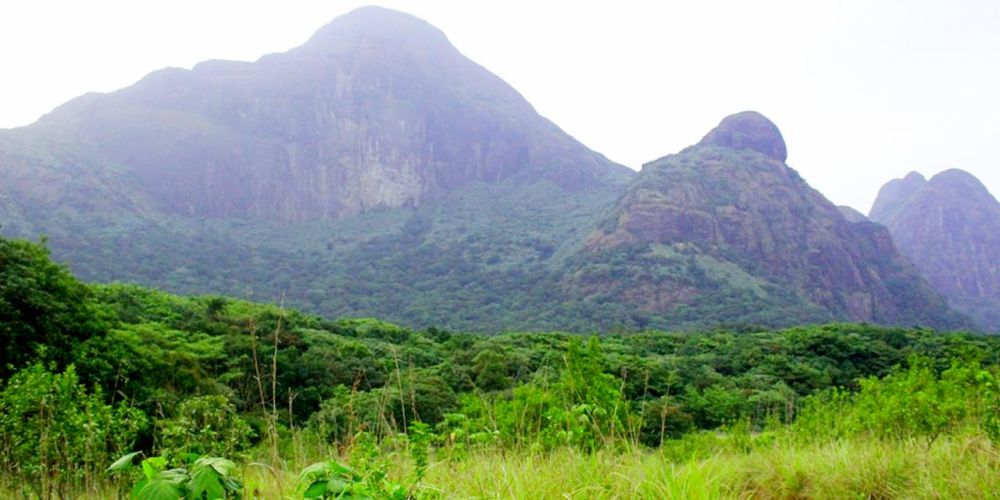

Agasthyakoodam, part of the Sahyadri range in Western Ghats, is a prominent peak in the district of Trivandrum (Thiruvananthapuram), Kerala, India. With an altitude of 1,868 meters, it is the second highest peak in Kerala and is known for its rich biodiversity as well as its mythological significance. According to legend, the peak is named after Sage Agasthya, a revered Vedic sage who is believed to have lived in this region.
Tourism at Agasthyakoodam has a historical significance, as it was once a prominent trade route for the ancient Tamil kingdoms. The peak was well known among the Siddhas, the medicine men, for its abundant medicinal herbs. However, widespread tourism is a relatively new phenomenon, catalyzed by growing interests in eco-tourism, trekking, and bird watching.
The Kerala State Forest Department is the custodian of Agasthyakoodam and organizes treks to the peak seasonally between December to April. Realizing the ecological importance of the region, authorities have implemented stringent rules to limit the environmental impact. This has kept commercial tourism at bay, preserving the area's pristine nature.
Eco-tourism has become the principal tourism trend at Agasthyakoodam. The government, along with various NGOs, has been promoting sustainable tourism to preserve its unique flora and fauna. Tourists are encouraged to minimize their ecological footprint while enjoying the natural beauty of the Western Ghats.
Bird-watching is another major attraction, as Agasthyakoodam is home to rare bird species like the Broad-tailed Grassbird and the Nilgiri Wood Pigeon. The peaks and surrounding forests make it an ornithologist's paradise.
Treks to Agasthyakoodam once required the guidance of the Kani tribe, the indigenous people of this region. In recent times, the Forest Department has taken over the organization of these treks, while still providing opportunities for the Kani tribe to be involved as guides and porters, which helps to provide economic benefits to the local community.
Digital permits for trekking have modernized access to Agasthyakoodam. Permits are available online, making it convenient for tourists to obtain permission for their trekking expeditions. There has also been a significant push for tourism infrastructure development, including the establishment of base camps and the provision of necessary amenities for trekkers without disturbing the ecological balance.
Restrictions on the number of trekkers allowed per season and the ban on plastic are examples of conservation efforts. These restrictions have been put in place to manage foot traffic and waste, aligning with global trends of responsible and sustainable tourism.